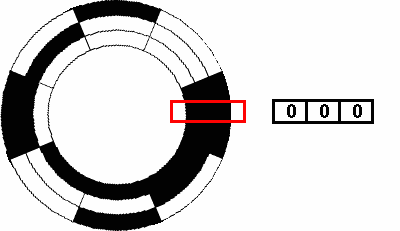Los encoders are components that are added to a Engine of direct current to convert mechanical motion into digital pulses that can be interpreted by the integrated electronic control system. The main objective of the various types of encoders is to transform information from one format to another, for the purpose of standardization, speed adjustment or security control.DC motors have complex position and speed control, their behavior is non-linear and depends a lot on the load they bear; for this reason they need the application of an encoder (which may or may not be integrated) that allows us to know and ensure the correct position of the shaft.Depending on their design and functionality, there are different types of encoders. In the next post we are going to analyze the main ones, their operation and fundamental characteristics.
How an encoder works
Emphasizing your compounding, an encoder is composed of a disc connected to a rotating shaft. The disc may be made of glass or plastic, and is encoded by combining transparent and opaque areas that block the passage of light. Then, and now entering your workings, we can say that with the rotation of the axis, the infrared emitting source emits light that is interpreted by the optical sensor (or photo-transistor), which in turn generates digital pulses, as the light crosses the disc or is blocked by opaque areas. This produces a sequence of information that allows control aspects such as the direction of movement, the radius of rotation, and in some circumstances, the speed.Some of their apps most common are robotics, small household appliances or certain industrial applications that require an angular measurement.

Keep learning: Tips for selecting small electric motors
Types of encoders
- Optical encoder
This is the type of encoder Most used and is composed of a light-emitting source, a rotating disc and a “photo detector” light detector.The disc is mounted on a swivel shaft and it has opaque and transparent sections on the face of the disc. The light emitted by the source is received by the photodetector or interrupted by the pattern of opaque sections producing as a result pulse signals that are read by a controller device which includes a microprocessor to determine the exact angle of the axis.
- Linear encoder
It is a device or sensor that has a graduated scale to determine your position. The sensors in the encoder read the scale and then convert its encoded position into a digital signal which can be interpreted by an electronic motion controller. Linear encoders can be absolute or incremental and there are different types of linear encoders depending on the technology used in their mechanism. This type of encoder is used in metrology applications, motion systems and to control high-precision instruments in tool manufacturing.
- Absolute encoder
Absolute encoders offer a unique code for each position and they are divided into Two groups: single-turn encoders and absolute multiple-turn encoders. Its size is small, allowing a simpler integration.Absolute encoders are used in direct current and brushless electric motors, in specific sectors such as medical machinery.
- Incremental encoder
This is a type of optical encoder, which determines the position angle as a result of performing incremental counts, where each position is completely unique.
You might be interested in: Absolute encoders vs incremental encoders
- Quadrature encoder
It is a type of encoder incremental rotary which has the capacity to indicate the position, direction and speed of the movement.In relation to their applications, we can find them in many consumer electrical products and in a multitude of commercial applications. Among its main pluses Highlights its flexibility, simplicity and durability.Do you have an ongoing electromechanical project? Are you interested in aspects related to the selection of electric motors in small drives? Download this interesting eBook from CLR and you will learn how to choose the most ideal motor for your electromechanics projects.

We offer customized, tailor-made solutions. Configure with us the perfect gearmotor for your project.
¿Tienes un proyecto en mente?
We can manufacture your tailor-made solution, we accompany you at every stage of the project to offer the solution that best suits your application.
Do you have a project in mind?
We can manufacture your tailor-made solution, we accompany you at every stage of the project to offer the solution that best suits your application.









